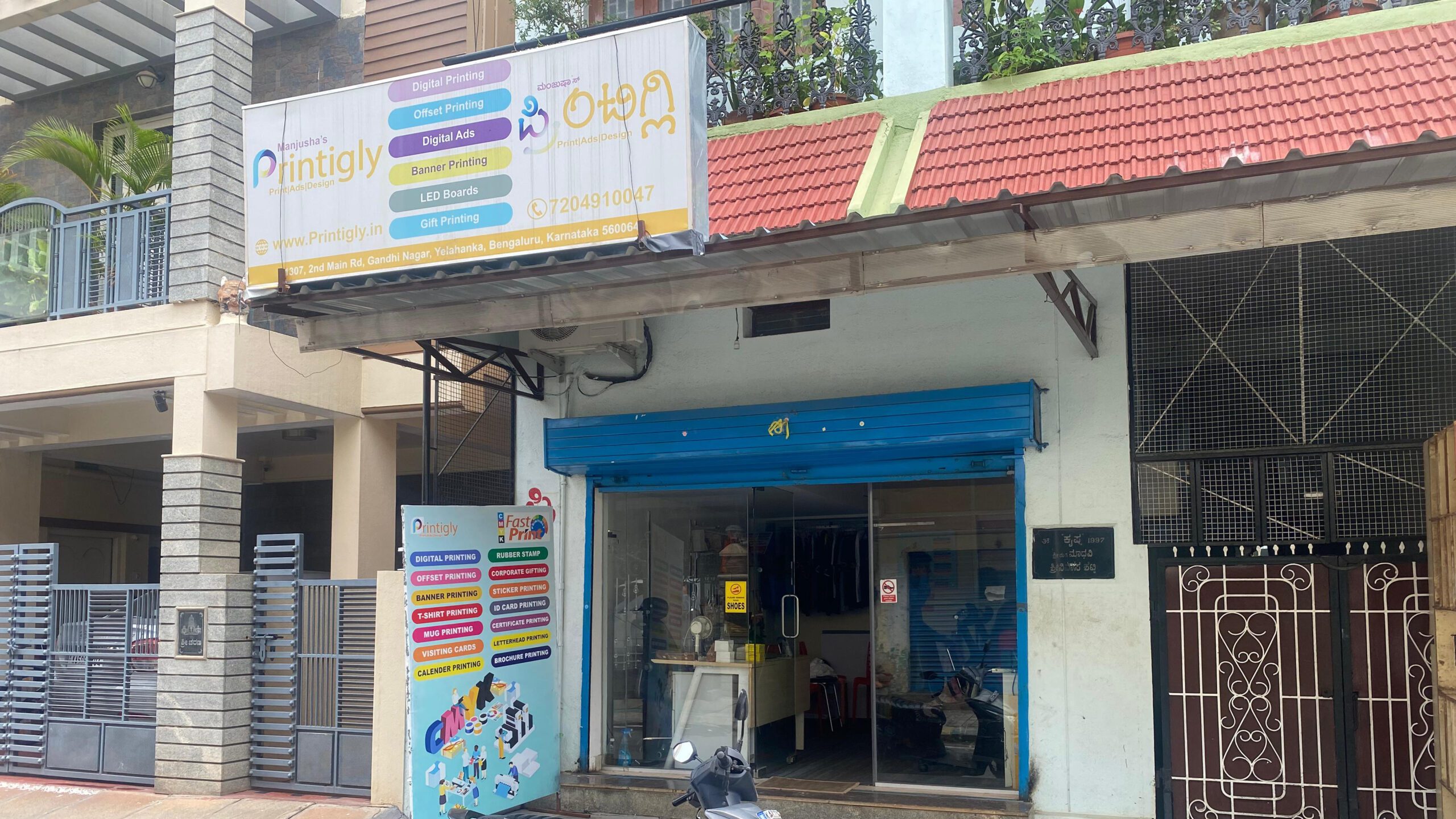App Store Optimization (ASO) is the process of improving the visibility of a mobile app in an app store, like the Apple App Store or Google Play Store. ASO helps applications show higher in-app store search results and related app suggestions, just as Search Engine Optimization (SEO) seeks to boost website ranks on search engines. Keyword optimization is among ASO’s most important elements. Software developers can guarantee their software reaches its intended audience, boosts downloads, and stimulates long-term success by carefully choosing and implementing the appropriate keywords. Covering their function approaches to keyword research, and strategies to improve app discoverability and ranking, this paper explores the relevance of keywords in ASO.
1: Why Keywords Matter in ASO
ASO uses keywords words or phrases entered by users within the app store search field to identify certain kinds of applications. An app is more likely to show in the search results and raise awareness when its title, subtitle, or description includes these keywords. Keywords are significant in App Store Optimization Services because they directly affect discoverability:
- Enhanced Visibility: Keywords bridge the gap between user search queries and the apps that best match those queries. An app has greater possibilities to show in relevant search results that more precisely its keywords match user queries.
- Improved Organic Downloads: A well-optimized app is more likely to attract organic traffic, as users can find it without paid ads. An app’s chances of clicks and downloads rise when it shows high in search results for popular keywords.
- Targeted Audience Reach: Proper keyword selection allows apps to reach their specific audience, improving download quality and user engagement. Both of these are very vital for the success of an app, retention, and client happiness are driven by this.
2. Selecting the Appropriate Keywords
Choosing the correct keywords calls for juggling search volume, relevancy, and competitiveness. It is not enough to just choose famous or high-traffic keywords; rather, the keywords should precisely match the main features of the app and target market. The main factors are:
- Relevance to the App’s Purpose: Keywords must accurately describe the app’s function, features, and purpose. Inaccurate keywords could result in pointless downloads and maybe unfavorable reviews, therefore undermining the reputation and rating of an app.
- Search Volume: High-volume keywords are frequently searched, meaning they bring in substantial traffic. However because high-traffic terms may be somewhat competitive, search volume must be balanced with competitiveness.
- Competition Level: Competitive keywords are difficult to rank for, especially for newer or less-established apps. Particularly for specialized industries or new applications, low-competition keywords might provide higher chances of ranking high in search results.
3. ASO Keyword Placing
For the best ASO after you have chosen keywords, arrange them deliberately inside the metadata (text fields including title, subtitle, and description) of the app:
- App Title: The title is one of the most critical ASO elements. The most critical term here tells the algorithm of the app store and possible users what the app is about. For instance, “Calm – Meditation and Sleep” includes “meditation” and “sleep,” thereby combining branding and keyword optimization.
- Title: Found on the Apple App Store, the subtitle offers more background. Like the title, this brief line searches for keywords and shows beneath the app title in search results, hence enhancing exposure.
- Description: Although the description is not directly indexed by the App Store or Google Play for keywords, it still plays an indirect role in ASO. Clear, keyword-rich descriptions help users grasp and interact better, therefore improving their chances of conversion.
- Keyword Field (Apple App Store only): Apple allows developers to add specific keywords in a separate 100-character field. This hidden field enables terms that do not show up immediately in the title or subtitle to nevertheless influence the ranking of the app, therefore supporting ASO.
4. Keyword Research Tools for ASO
Keyword research tools meant for ASO enable the identification of relevant keywords depending on competitiveness, volume, and trends. Popular ASO keyword tools include these:
- App Annie: offers a competitive analysis and notes which keywords rivals are ranking for.
- Sensor Tower: aids in competition analysis, keyword search, and app ranking monitoring.
- Mobile Action: Allows keyword analysis based on difficulty, search volume, and suggested keywords based on competitors.
- ASO Desk: Offers keyword suggestions based on app functions and audience trends.
By means of these instruments, app developers may assess possible keywords, therefore enabling data-driven decisions that enhance the performance of their ASO approach.
5. Exploring and Repeating on Important Terms
ASO is not a one-time occurrence; sustaining the visibility of an app depends on ongoing keyword monitoring and modification. This entails assessing keyword performance and playing around with variants to identify the ideal mix for optimum results:
- Tracking Performance: ASO tools allow app developers to monitor keyword rankings and download rates over time. Alternatives may be used instead of certain keywords should they not provide the intended outcomes.
- Experimenting with New Keywords: Trying new keywords periodically ensures the app stays relevant as trends and user preferences evolve. In fast-changing industries like social media, banking, and gaming particularly, this is crucial.
- A/B Testing: Running tests with different keywords in the title, subtitle, or description helps identify the most effective configurations. This data-driven method can show which terms cause the most conversions.
Regular keyword improvements help applications stay competitive and responsive to market changes, hence enhancing exposure and download rates.
6. Avoid Common Keyword Errors
Although keywords are very important, certain techniques could lower rather than raise the rating of an app. Effective ASO depends on avoiding these often-occurring errors:
- Keyword Stuffing: Using too many keywords, particularly irrelevant ones, may decrease the app’s ranking and user engagement. Keyword stuffing may cause the metadata of the app to seem unfocused and spammy, therefore degrading user experience.
- Selecting Too Broad Keywords: Although broad keywords look tempting, they won’t draw the proper consumers if they don’t really connect to the main purposes of the program. A budgeting software may score “finance,” for instance, but a more focused term like “personal budget tracker” might get more relevant downloads.
- Neglecting Localization: Many app developers overlook the importance of localized keywords. Translation and adaptation of keywords to local languages enhances app exposure in non-English-speaking areas, therefore enhancing worldwide reach.
7. The Function of ASO Long-Tail Keywords
Often with less search traffic but highly focused customers, long-tail keywords longer, more precise keyword phrases have A fitness app may, for example, have terms like “home workout for beginners” instead of just “workout.”
Long-tail keywords are less competitive, so new applications or those aiming at specialized audiences will rank higher more easily. These keywords increase discoverability and also often result in better downloads as customers looking for certain terms are more likely to download and interact with the app.
8. Using Competitor Keywords
Examining rival keywords is a good way to find fresh prospects for your product. Finding which keywords drive downloads for related applications can help you modify your keyword approach to take advantage of market voids.
Competitive analysis made possible by ASO technologies exposes the keywords that rival applications rank for and how those keywords affect download volume and user involvement. Though employing competition keywords is good, be cautious not to depend only on popular phrases; balance them with special keywords that set apart your app.
9. Keyword Success:
Keywords perform in ASO depending on user ratings and reviews, particularly on Google Play Store where reviews are searchable. As app stores see user involvement as an indication of quality, positive feedback with pertinent keywords helps the app rank better for those keywords.
Encouragement of customers to submit reviews especially after favorable experiences actively helps to improve keyword results. Responding to reviews with keywords may also help to boost keyword relevancy, hence improving ranking quality.
10. Assessing ASO Success Keyword Impact
Several indicators allow one to quantify how well ASO performs depending on keywords:
- Keyword Rankings: Tracking how well the app ranks for chosen keywords over time.
- Install Rate from Organic Searches: Analyzing how many users download the app after searching for specific keywords.
- Conversion Rate: Monitoring how many users convert from views to downloads for particular keywords, indicating keyword relevance and effectiveness.
A high-ranking term with low conversions might mean the phrase isn’t entirely relevant or the app page requires work to match user expectations. Frequent evaluation of these indicators helps to hone keyword tactics and raise ASO results.
Conclusion
The basis of good App Store Optimization is keywords. App developers may raise exposure, draw in quality users, and keep relevance in a cutthroat market by selecting and using the correct keywords. Using a systematic and dynamic approach to keyword choice, placement, and research, companies may propel natural expansion, retain customers, and attain long-term success. Mastery of the art and science of keyword optimization will remain vital for distinguishing out and thriving in the digital terrain as app stores keep expanding.


